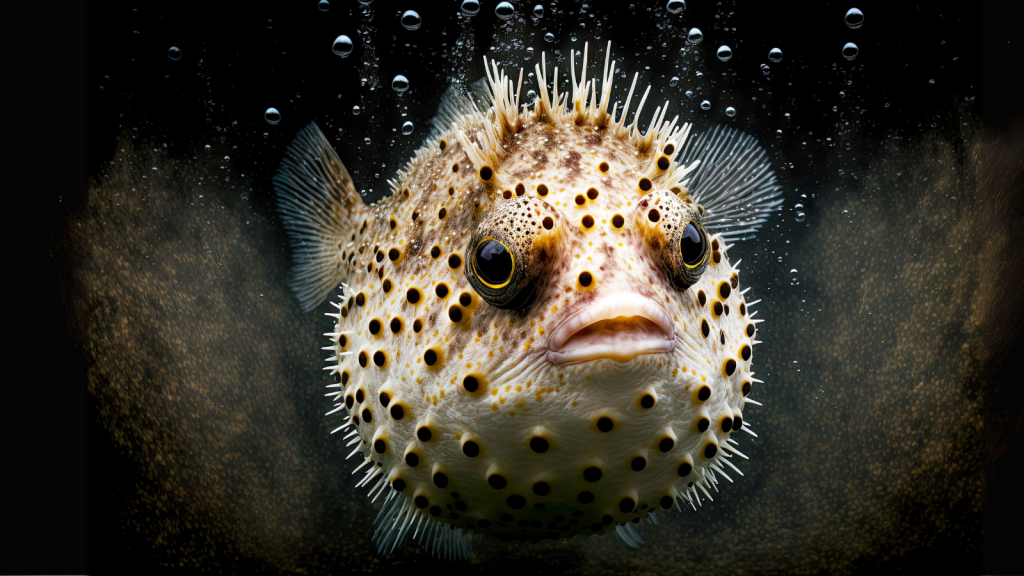Nature is full of amazing creatures, and some of the most fascinating are those with venom. These animals use their powerful poisons to catch food and protect themselves. From tiny insects to large snakes, venomous predators come in all shapes and sizes. They live in many different places around the world, from deep oceans to dry deserts. Learning about these creatures helps us understand how important they are to the balance of nature. Here are 15 predators that use venom to catch their prey.
Box Jellyfish

The box jellyfish is one of the most dangerous sea creatures in the world. Its venom is so strong that it can kill a human in just a few minutes. These jellyfish use their long tentacles to catch fish and small sea animals. They live in the warm waters around Australia and Southeast Asia. Box jellyfish have 24 eyes, which help them navigate through the water and spot their prey.
Inland Taipan
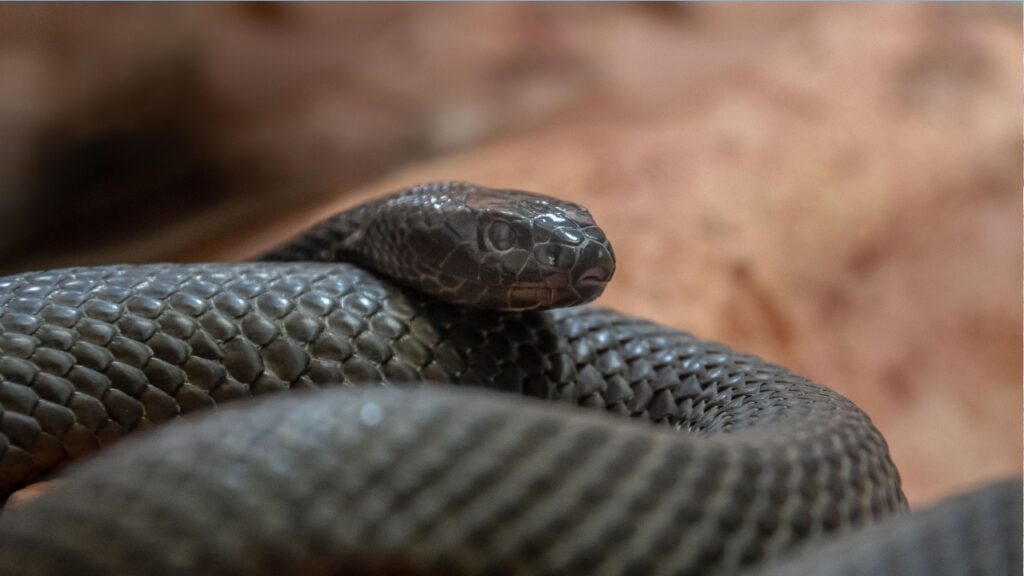
The inland taipan is often called the world’s most venomous snake. It lives in the dry areas of central Australia. This snake’s venom is very strong and works quickly to stop its prey from moving. Luckily, these snakes are shy and rarely bite humans. The inland taipan’s venom is specially adapted to kill warm-blooded prey like small mammals.
Blue-Ringed Octopus
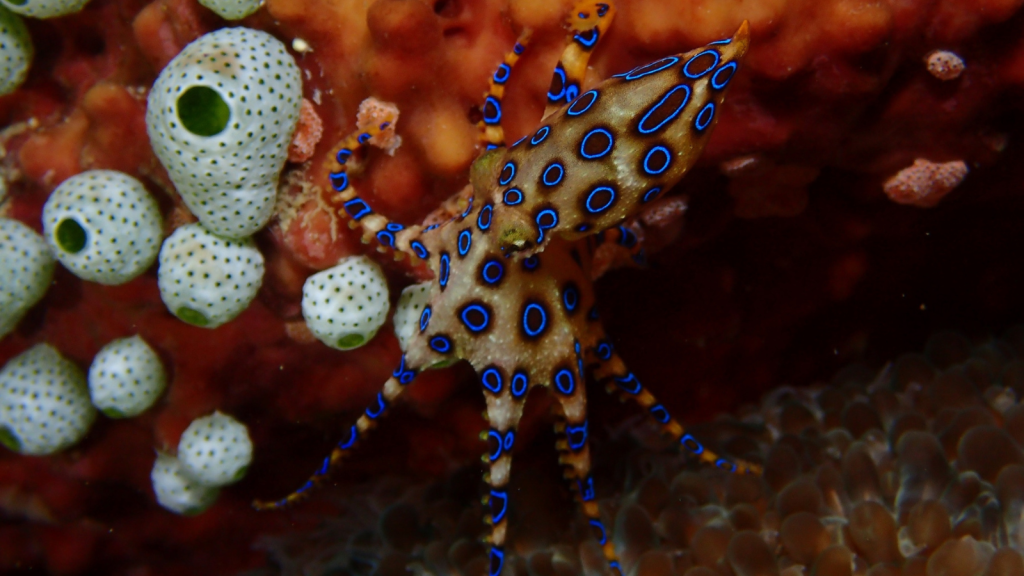
Despite being small and beautiful, the blue-ringed octopus is one of the deadliest sea creatures. Its bright blue rings are a warning sign. The octopus’s venom can paralyse its prey in seconds. It lives in the Pacific Ocean and around Australia. This tiny octopus, usually no bigger than a golf ball, carries enough venom to kill 26 adult humans within minutes.
Cone Snail
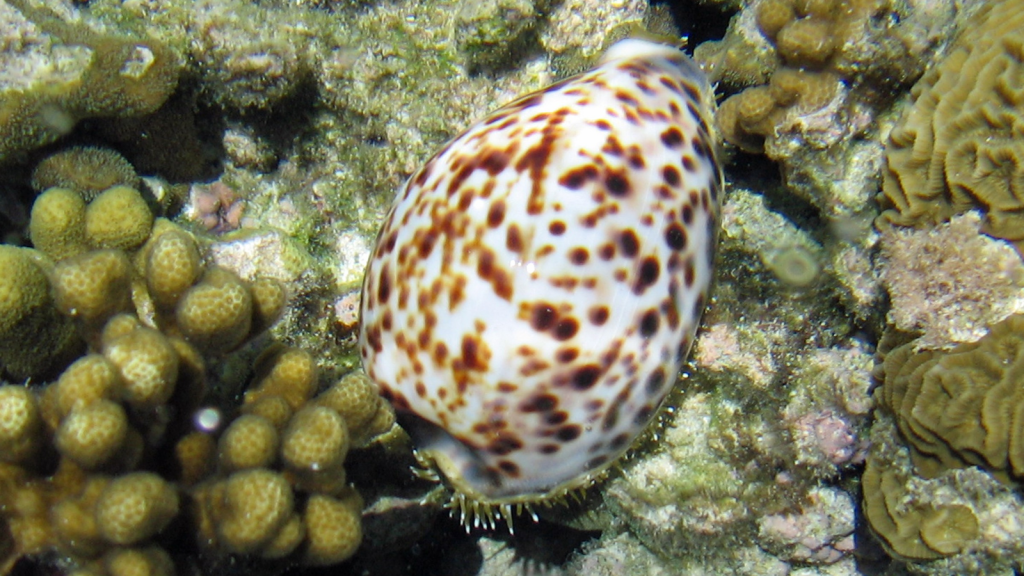
Cone snails might look harmless, but they pack a powerful punch. These sea snails use a venomous harpoon to catch fish. Their venom is so strong that it can be dangerous to humans too. There are many types of cone snails living in warm seas around the world. Scientists are studying cone snail venom to develop new painkillers that could be stronger than morphine.
Brazilian Wandering Spider

This spider got its name because it wanders the jungle floor at night. It’s known for being very aggressive and has one of the most toxic venoms of any spider. The Brazilian wandering spider uses its venom to catch insects and small animals. Its scientific name, Phoneutria, means “murderess” in Greek, reflecting its deadly reputation.
Stonefish
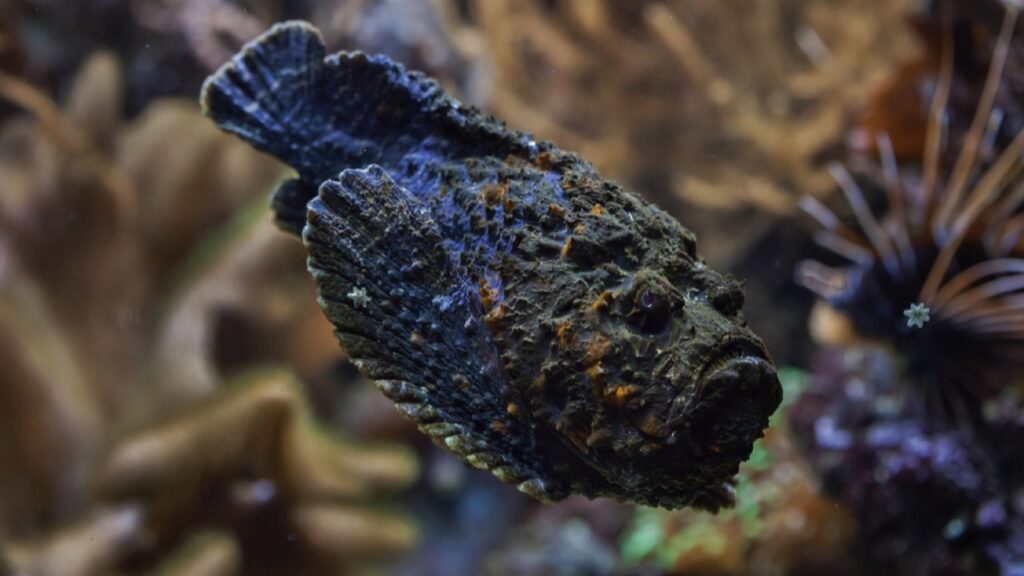
The stonefish is a master of disguise, looking just like a rock on the sea floor. It has sharp spines on its back that inject venom when stepped on. This fish uses its venom mainly for defence, but it also helps to stun small fish that it eats. Stonefish can survive out of water for up to 24 hours, making them even more dangerous to beachgoers.
King Cobra
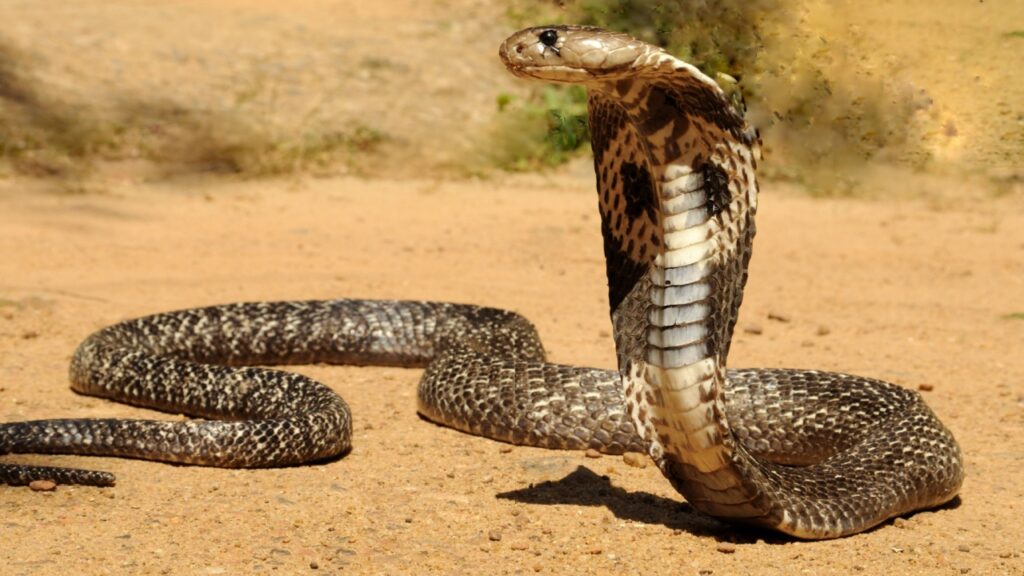
The king cobra is the world’s longest venomous snake. It can raise the front of its body and spread its hood to look bigger. Its venom is strong enough to kill an elephant. This snake mainly eats other snakes and uses its venom to quickly overpower them. King cobras are also the only snakes in the world that build nests for their eggs.
Blue Coral Snake
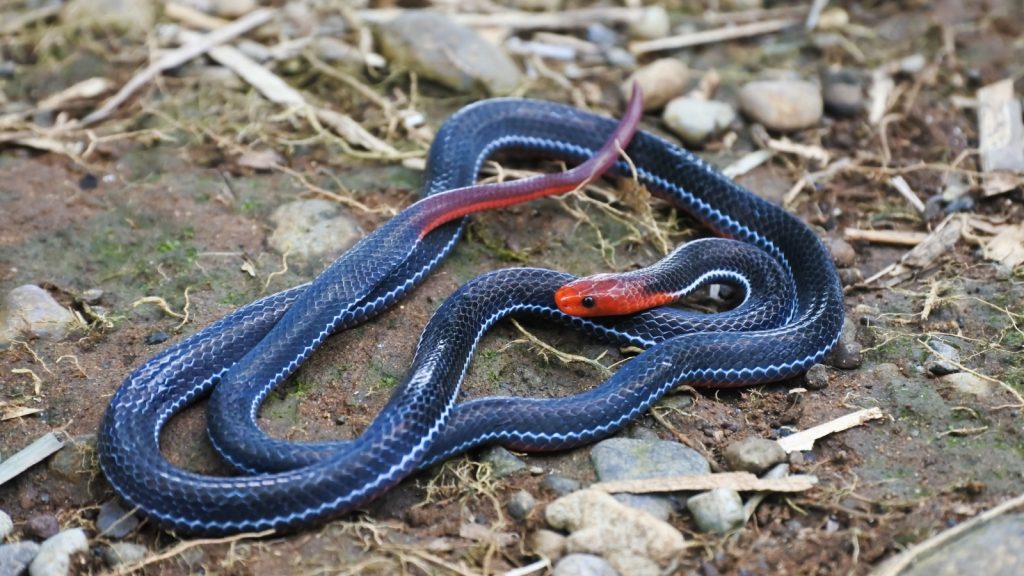
The blue coral snake has a striking blue and black striped pattern. It lives in Southeast Asia and has an unusual way of catching prey. This snake’s venom causes its victims to freeze in place, making them easy to eat. Unlike most snakes, the blue coral snake has a venom gland that runs the length of its body, not just in its head.
Gila Monster
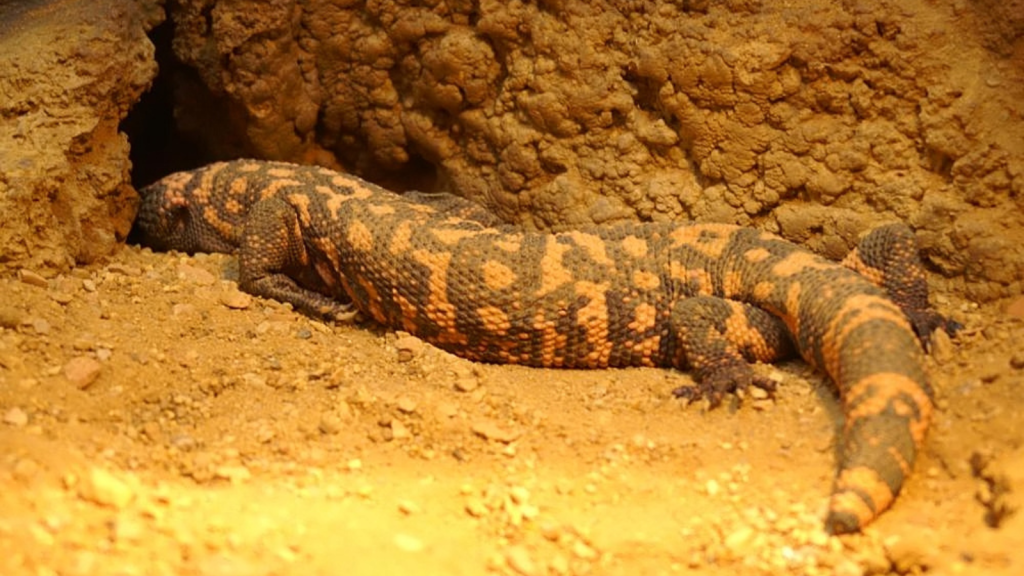
The Gila monster is one of only two venomous lizards in the world. It lives in the deserts of the southwestern United States and Mexico. Unlike snakes, it chews its venom into its prey. The Gila monster’s venom helps it to catch small animals and birds. These lizards can store fat in their tails, allowing them to go months without eating.
Platypus
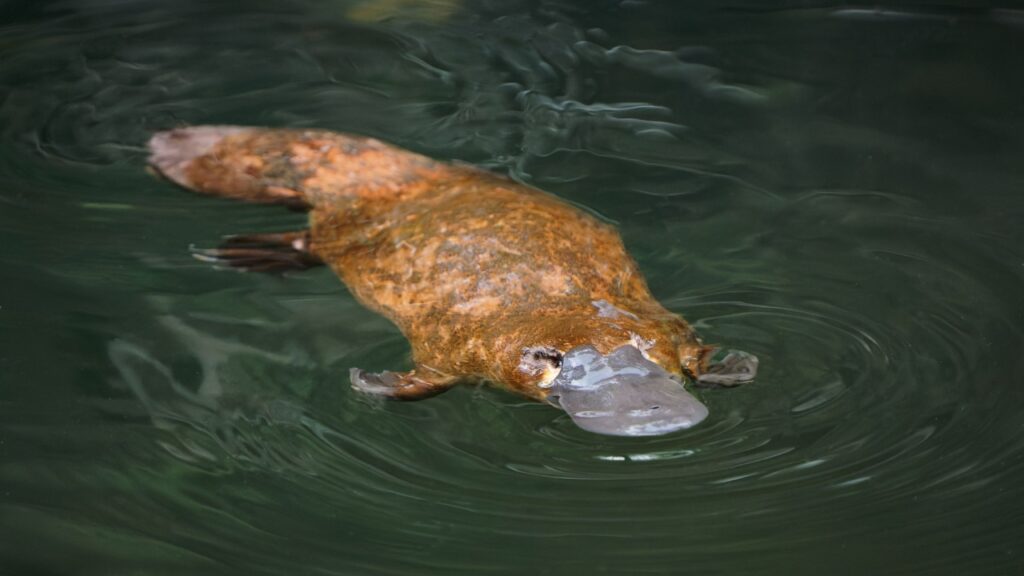
Surprisingly, the male platypus has venomous spurs on its hind legs. While not used for hunting, this venom helps protect the platypus during mating season. It’s strong enough to cause severe pain in humans but isn’t deadly. The platypus is one of the few mammals that produce venom, making it a unique creature in the animal kingdom.
Lionfish
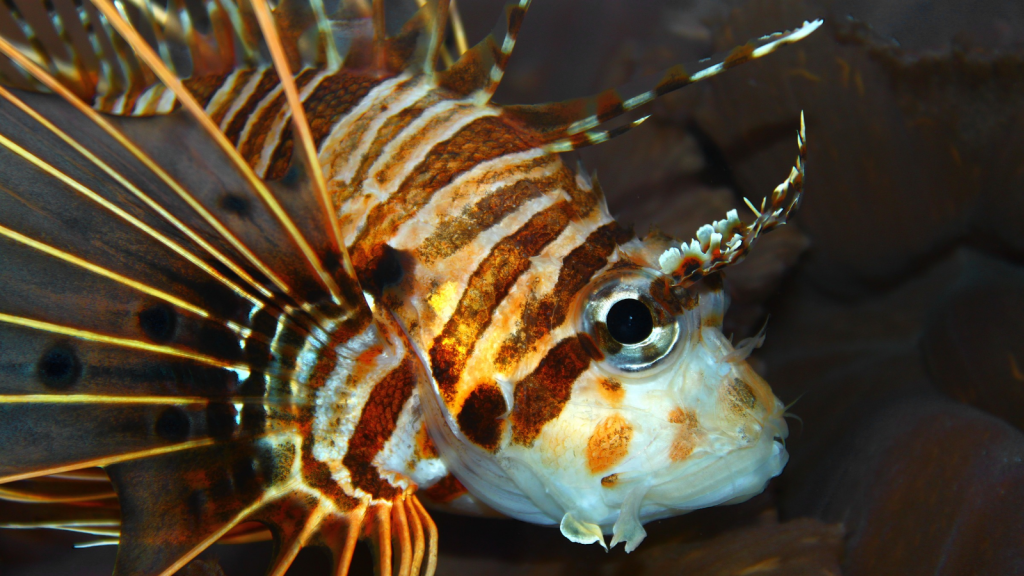
The lionfish is known for its beautiful but dangerous spines. These spines contain venom that the fish uses to defend itself and to stun its prey. Lionfish are originally from the Indo-Pacific but have become a problem in other parts of the world where they’ve been introduced. They can eat prey up to half their own body length, thanks to their expandable stomachs.
Yellow-Bellied Sea Snake
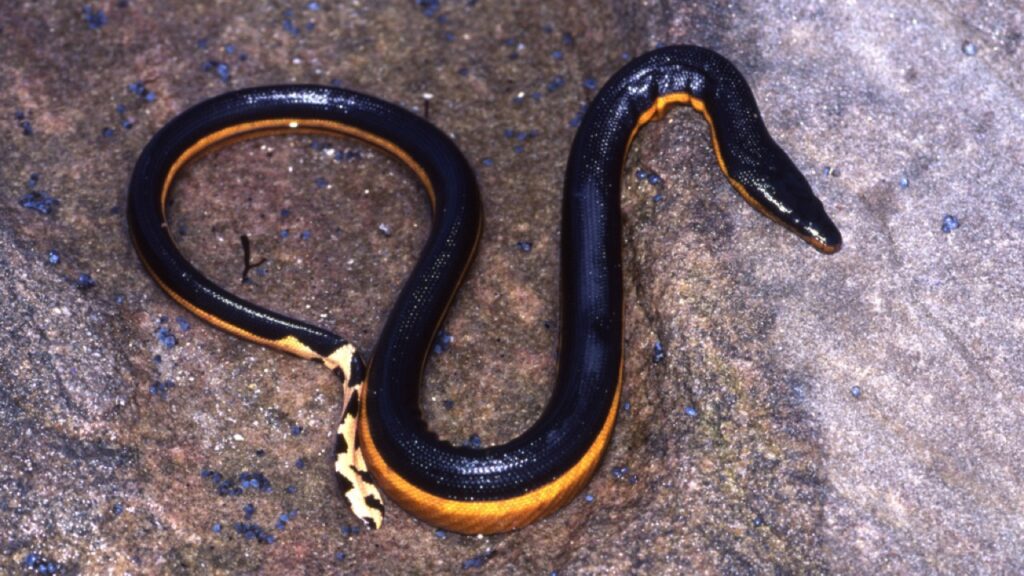
This sea snake spends its whole life in the ocean, never coming onto land. It has very potent venom that it uses to catch fish. The yellow-bellied sea snake can be found in warm waters across the Pacific and Indian Oceans. It can swim backwards, which helps it escape from predators and catch prey more easily.
Scorpionfish
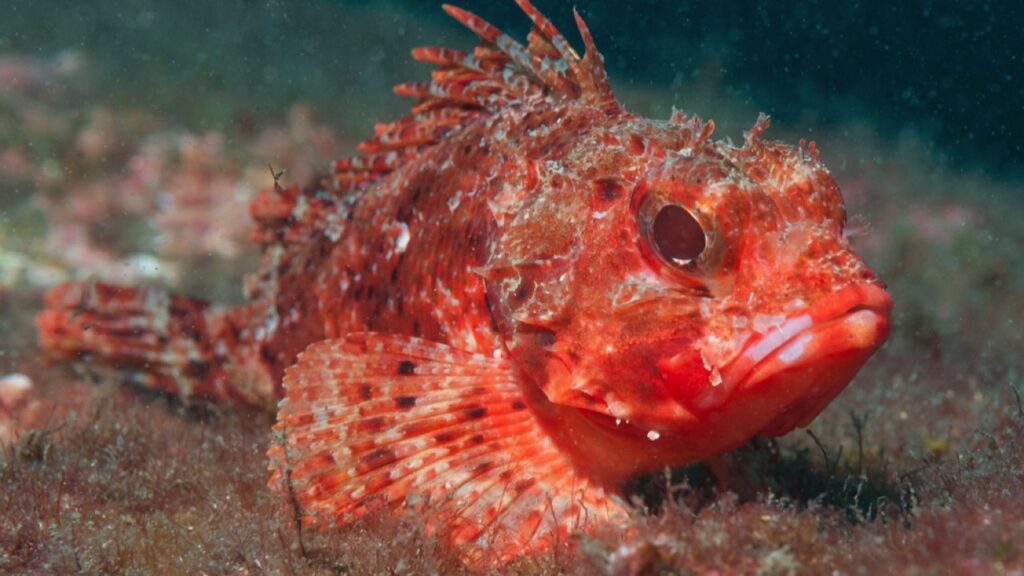
Scorpionfish are masters of camouflage, blending in perfectly with coral reefs. They have venomous spines along their backs that they use for protection. When small fish swim too close, the scorpionfish quickly snaps them up. Some species of scorpionfish can change their colour to match their surroundings, making them even harder to spot.
Giant Centipede

Giant centipedes are fast-moving predators that can grow up to 30 centimetres long. They use venom claws near their heads to catch their prey. These centipedes eat insects, spiders, and sometimes even small lizards or mice. Despite their name, centipedes don’t actually have 100 legs – the number can vary from 30 to 354 depending on the species.
Pufferfish
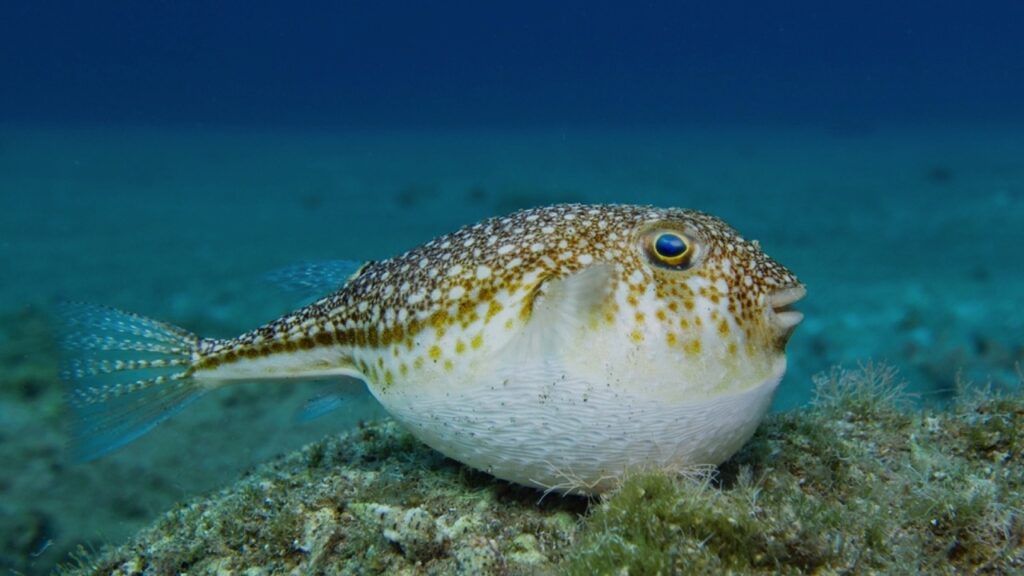
Pufferfish are famous for puffing up when they feel threatened. They’re also highly venomous, containing a poison called tetrodotoxin in their organs. While this venom is mainly for defence, it helps the pufferfish to safely eat poisonous animals that other fish can’t. In some parts of Japan, specially trained chefs prepare pufferfish as a delicacy called fugu, but it’s extremely dangerous if not prepared correctly.
Becky is a fervent wildlife enthusiast and pet care expert with a diploma in canine nutrition. Her love for animals stretches beyond the domestic, embracing the wild tapestry of global fauna. With over a decade of experience in animal welfare, Becky lends her expertise to OutlandishOwl through insightful articles, captivating wildlife information, and invaluable guidance on pet nutrition. Her work embodies a deep commitment to understanding the intricate lives of animals and a passion for educating others on sustaining natural habitats. Becky's hands-on conservation efforts and her knack for translating complex dietary science into practical pet feeding tips make her an indispensable voice for creatures great and small.

